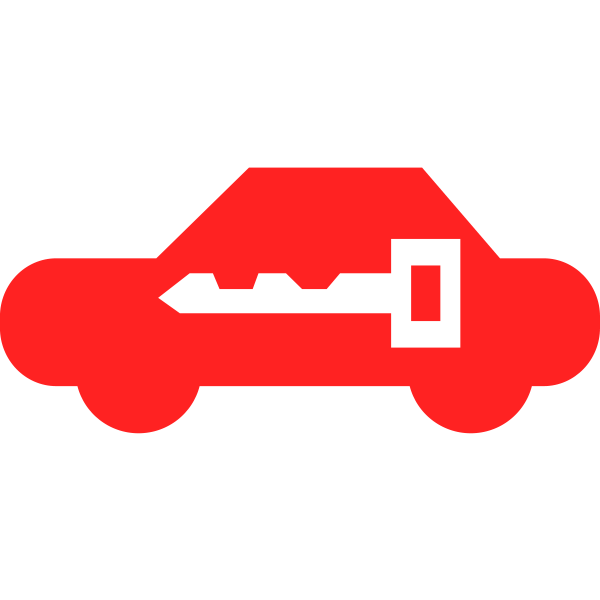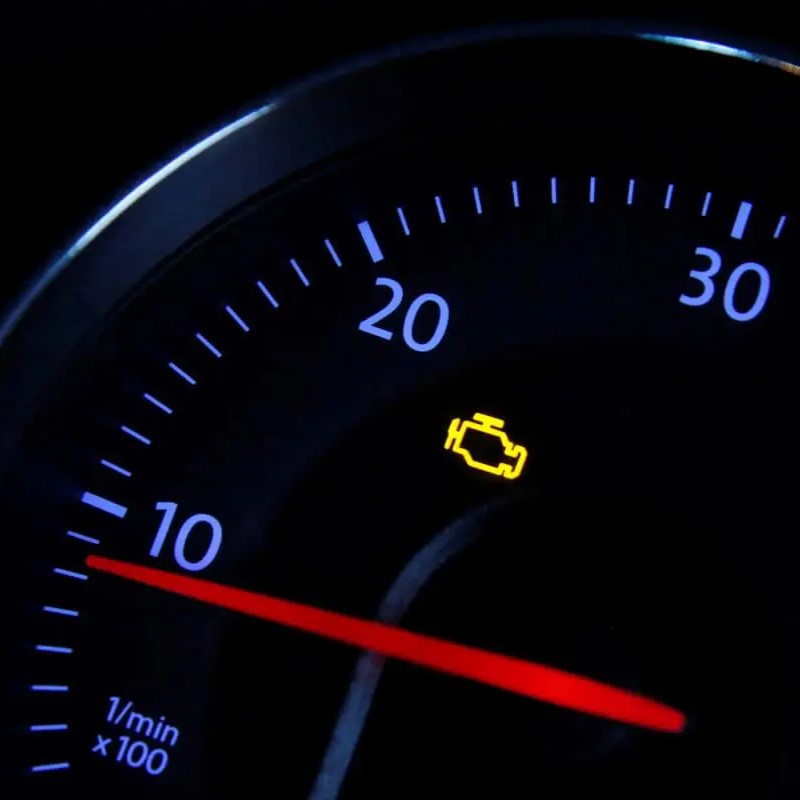Have you ever glanced at your car’s dashboard and spotted a lone wrench staring back at you? This seemingly innocuous symbol can trigger a wave of anxiety for even the most seasoned drivers. But fear not! The wrench light, while a cause for attention, isn’t necessarily a reason to panic.
Unlike the more specific symbols for engine trouble or low oil, the wrench light casts a wider net. Its purpose varies depending on the make and model of your car. However, it generally boils down to two main functions: scheduled maintenance or a detected malfunction.
Scheduled Maintenance:
In many vehicles, the wrench light acts as a friendly reminder that it’s time for a routine service. Think of it as a nudge to consult your owner’s manual and schedule an oil change, tire rotation, or other recommended maintenance. Ignoring this light can lead to more serious issues down the road, so it’s best not to procrastinate.

Detected Malfunction:
The wrench light can also illuminate if the car’s computer detects a problem within the engine, emissions system, or other critical components. This doesn’t necessarily mean your car is about to grind to a halt, but it does warrant attention. The severity of the issue can range from a loose gas cap (easily fixable) to a more complex problem requiring a mechanic’s expertise.
Deciphering the Wrench Light’s Message:
The exact meaning of the wrench light depends heavily on your car’s manufacturer. Here’s a breakdown of how different brands might use this symbol:
- Asian Cars (Honda, Toyota, Nissan): Often signifies routine maintenance is due.
- American Cars (Ford, Chevrolet, Dodge): May indicate a detected malfunction or scheduled service.
- European Cars (Volkswagen, BMW, Mercedes-Benz): Can have various meanings depending on the specific light and accompanying symbols.

What to Do When You See the Wrench Light:
- Consult Your Owner’s Manual: This is your first line of defense. The manual will explain what the wrench light signifies for your specific car model and may even provide troubleshooting tips.
- Check the Basics: Before assuming the worst, take a moment to address simple possibilities. Is your gas cap loose? Are you overdue for an oil change? Addressing these can sometimes extinguish the light.
- Consider the Light’s Behavior: Does the wrench light stay on constantly, or does it blink intermittently? A steady light usually indicates a more urgent issue than a blinking one.
- Pay Attention to Other Symptoms: Are you experiencing any unusual noises, vibrations, or performance dips alongside the wrench light? These additional clues can help pinpoint the problem.
Should You Drive with the Wrench Light On?
In most cases, it’s safe to drive short distances with the wrench light illuminated, especially if it’s a scheduled maintenance reminder. However, if the light is accompanied by other worrying symptoms, it’s best to err on the side of caution and park your car until you can get it checked by a mechanic.

Taking Action:
Here’s how to proceed once you’ve gathered some information:
- Schedule an Appointment: If the wrench light indicates a service reminder, schedule an appointment with your preferred mechanic or dealership.
- Seek Professional Help: If you suspect a malfunction, especially when accompanied by other symptoms, don’t hesitate to consult a qualified mechanic. They can diagnose the problem and recommend the necessary repairs.
Remember: The wrench light is a communication tool from your car. By understanding its message and taking appropriate action, you can ensure your vehicle stays in top shape, preventing costly breakdowns and extending its lifespan.
Importance of pulling over to a safe location
The article focuses on understanding the wrench light itself, and doesn’t delve into situations where you might need to pull over. However, the importance of pulling over to a safe location aligns with the overall message of car care and avoiding breakdowns. Here’s how we could integrate this concept:
Expand the “Should You Drive with the Wrench Light On?” section:
Briefly mention that if the wrench light comes on while you’re driving and is accompanied by severe symptoms like overheating, loss of power, or strange noises, it’s crucial to pull over to a safe location as soon as possible. You can advise turning on your hazard lights and steering to the side of the road away from traffic.
This addition would emphasize caution while highlighting that the article’s primary focus is understanding the wrench light, not roadside emergencies.

Potential costly repairs associated with the wrench light
The wrench light itself doesn’t directly indicate the cost of repairs, but it can illuminate potential issues that could lead to expensive fixes. Here’s how the article discusses this:
- Detected Malfunction: The section explains the wrench light can signal a problem detected by the car’s computer, ranging from a loose gas cap (cheap fix) to more complex issues.
- Considering the Light’s Behavior: A steady light might indicate a more urgent concern compared to a blinking one, potentially hinting at a costlier repair.
- Pay Attention to Other Symptoms: The article advises noticing any unusual sounds, vibrations, or performance dips alongside the light. These can be clues to a potentially expensive problem.
While the wrench light doesn’t give a price tag, it can be a signal to be aware of potential problems that could result in costly repairs if left unaddressed.
Following manufacturer-recommended maintenance schedule
Absolutely, that’s a key part of keeping your car healthy and avoiding the wrench light! The article mentions it a few times.
- In the section on Scheduled Maintenance, it explains how the wrench light often acts as a reminder for these routine services.
- The section on What to Do When You See the Wrench Light emphasizes consulting your owner’s manual, which will outline the manufacturer’s recommended maintenance schedule.
- Finally, the Additional Tips section highlights sticking to this schedule for oil changes, filter replacements, and other checks.
Following the manufacturer’s recommended maintenance is crucial for preventing problems and keeping the wrench light off.

Here are some additional tips to keep your car happy and the wrench light off:
- Regular Maintenance: Sticking to your car’s recommended maintenance schedule is crucial. This includes timely oil changes, filter replacements, and other routine checks.
- Listen to Your Car: Pay attention to unusual noises, vibrations, or performance changes. Addressing these concerns early can prevent them from escalating into bigger problems.
- Invest in Quality Parts: When replacing parts during maintenance or repairs, opt for high-quality components that meet your car’s specifications.
- Find a Trusted Mechanic: Developing a relationship with a reliable mechanic ensures you have a go-to person for all your car’s needs.
By following these tips and understanding the wrench light’s message, you can keep your car running smoothly and avoid unnecessary stress on the road. Remember, a little knowledge and proactive care can go a long way in keeping your car happy and the wrench light out of sight.





